While field recording has existed for over a century, it has changed and progressed along with the rest of the industry. Here we look at ten people working in field recording who are crossing aesthetic boundaries to capture sounds from the outside world.
_____________________________
Guest post by Patrick McGuire of Soundfly's Flypaper
The roots of field recording go all the way back to early 1900s when pioneer musicologist John Lomax began recording cowboy songs in Texas. His son Alaneventually ended up taking recordings in almost every corner of the world and following in his footsteps.
Like everything in the audio-recording technology and cultural world, field recording has changed quite a bit over the past 115 years, and sound artists calling themselves “phonographers” — inspired by the principles of deep listening proliferated by figures like Pauline Oliveros — continue to push the boundaries of how we capture and disseminate sounds of “the field,” but the art form’s core principles of capturing sounds from the outside world and bringing them to our listening attention for reflection remains unchanged.
In 2017, sounds captured through field recordings are breathing new life into electronic music, a genre frequently criticized for sounding too stale and inhuman. But even when field recordings aren’t used to color and shape conventional music, they can be utterly fascinating in their own right. This article is devoted to shedding light on ten of today’s most interesting field recordists working in a variety of aesthetic areas; some more conceptually artistic, some purely for sound design, and others for the purposes of documentation. Left out are perhaps, some of the more influential, with regards to output and worldwide distribution, like Bernie Krause and Michael Pisaro for example, each of whom we’ve profiled here on Flypaper recently.
Feel free to share your favorite artists working today in the comments below!
1. Diane Hope

With a fascinating audio production career that took an unexpected turn out of academia, Diane Hope realized she had an affinity for creative sounds after hearing a jazz band perform. Though she was two decades into her career at the National Science Foundation at Arizona State University, Hope traded her lucrative career in for the opportunity to travel the world and record audio as a radio producer.
She soon found success in her uncanny ability to complement radio stories with her field recordings. Hope is especially known for her sound montages, which she describes as “shifting mosaics of sound.” These montages help bring life, color, and nuance to audio stories.
Recommended listening: Hope’s “Shanghai Sounds Guide” project and “Sonic Escape” binaural relaxation recordings.
2. Lawrence English
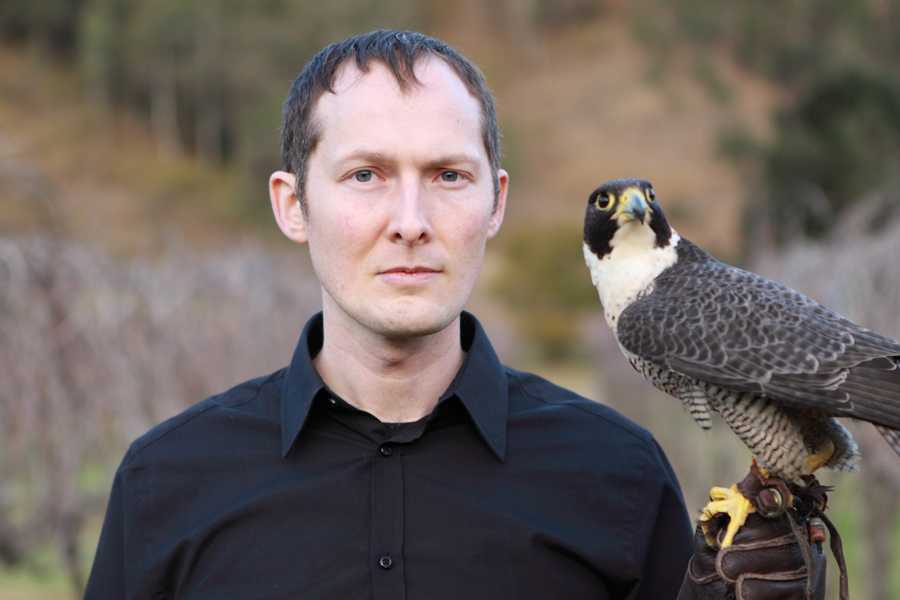
Australian curator, field recordist, and sound composer Lawrence English is a critically acclaimed sound artist who claims his work was inspired by listening to the obscure singing of the reed warbler as a child. He considers his work to be based on the politics of perception and how sound is felt, heard, and experienced through the human body. English has released more than one record per year on average since 2001 and is considered to be one of the most prolific artists in his field. Blending evocative, electronically synthesized sounds with field recordings of almost anything you could imagine, Lawrence English is a master at creating nuanced soundscapes.
Recommended listening: English’s piece Approaching Nothing, which retraces the thinking and literally some of the steps taken by his idol Luc Ferrari in creating his seminal work, Presque Rien, and his double album, Songs of the Living and the Lived In, which can only be described as “sonic postcards.”
3. Francisco López
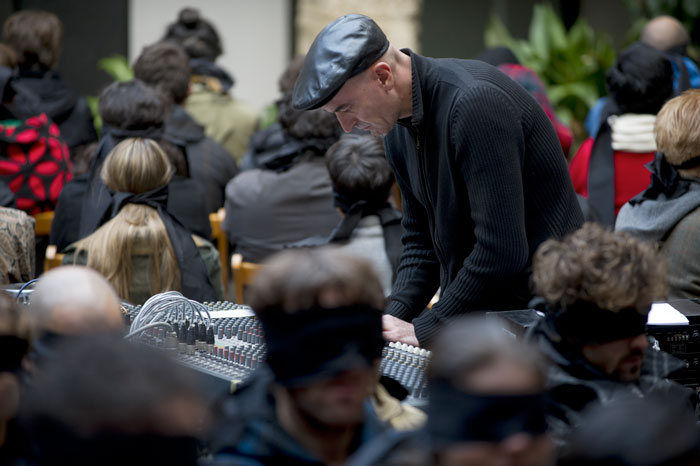
Experimental sound composer Francisco López is recognized as a major figure in the sound art and experimental music scenes. His music seeks to inspire what he calls “blind, profound, and transcendental listening” meant to free listeners from “the imperatives of knowledge and open them to sensory and spiritual expansion.” This all might sound a little new-agey to some readers, but listen to any of López’s work and you’ll soon hear why he likens his music to spiritual experiences.
In “performance” (notice the quotes), López recommends and highly encourages listeners to sit facing away from him, blindfolded, in order to create an entirely acousmatic listening experience; sound unclouded by sight.
One of López’s great contributions to experimental music and sound art is the SONM Archive, an online, free listening archive cataloguing thousands of recorded works of sonic art of every imaginable type.
Recommended listening: Since López’s discography contains (at the time of publishing) about 432 releases, I would say just close your eyes and spin the globe. He is so consistent, that whatever you can find will greatly suffice as an entry point, like Wind [Patagonia] or one of his Untitled pieces.
4. Chris Watson
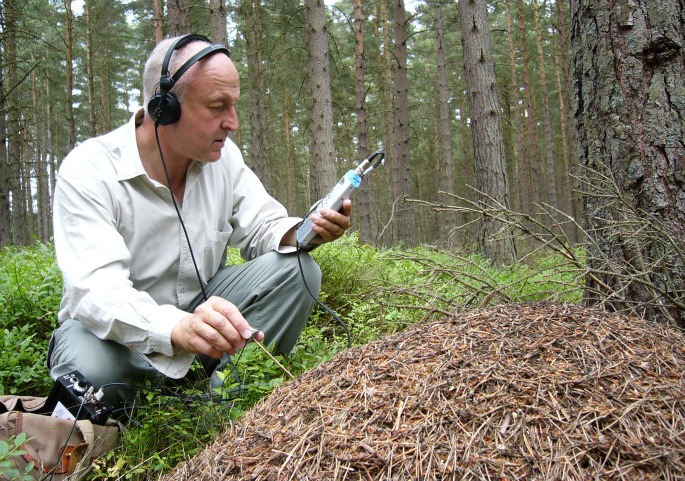
You may know Chris Watson’s name, as he was one of members of the iconic ’70s post-punk agitators Cabaret Voltaire, but if you’re like me, you’ll also have been aware of his dense body of field recording work that dates back almost to those same early days. He’s a passionate recorder of wildlife, natural habitats, and unique environments, created local soundmaps like this one of Sheffield, and worked as a freelance field recordist for radio, TV and film both in his native England and all over the world.
He often gives immersive, location-based sound-recording classes in places like France and Scotland where he shares his expert perspectives and techniques with students. His published albums, however, cross well over into the vein of “sound art” as they blend expert recording with conceptual narrative and storytelling unlike any other artist working today.
Recommended listening: By far, my favorite work of Watson’s is called In St. Cuthbert’s Time. Described as “a seventh-century soundscape of Lindisfarne,” this work aims to both call to mind artistically, and recreate ethnographically, the audio picture that Cuthbert, an Anglo Saxon monk who lived on the Holy Island of Lindisfarne in Northumbria in the seventh century, would’ve experienced in his daily life and activities. In this way, not only is this a location-based recording, but a highly researched and edited collage of sound that serves the distinct purpose of transporting us to an impossible yet truthful time and space in our imagination.
5. Jana Winderen
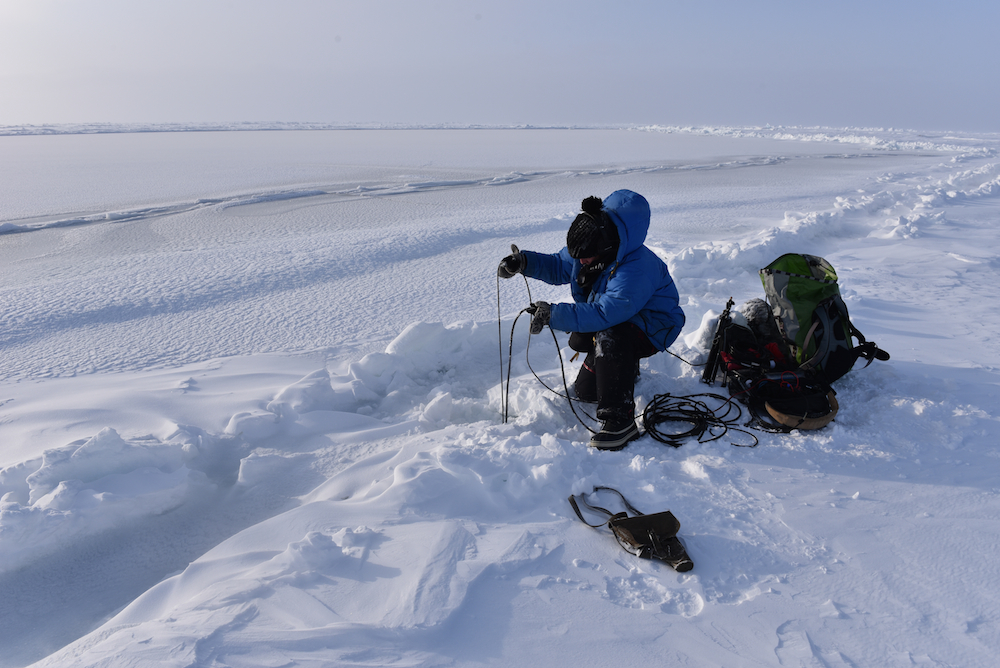 Winderen recording at the North Pole with hydrophones 15 and 10 meters under the pack ice.
Winderen recording at the North Pole with hydrophones 15 and 10 meters under the pack ice.
The biography on Norwegian sound artist Jana Winderen’s website reads: “Silence, understood as no sound, cannot be experienced as long as you are alive, since the body itself is quite a noisy place.” Winderen’s work, which can be found in the form of installation pieces all over the world, as well as on the rare published recording, often requires her to explore and capture sounds from the most remote locations on the planet — the geographic poles, deep inside ice fields, volcanos, difficult-to-access wildernesses.
Using a sophisticated hydrophone setup, for example, Winderen’s albums have featured inaudible or inaccessible sounds like the noises found underwater, amplified and pitched down to human audible ranges.
Recommended listening: Winderen’s most beloved work captures and makes audible ultra- and micro-sonic audio that cannot normally be heard by human ears (bats, fish, underwater insects, tadpoles) like in her piece, Ultrafield, and features recordings taken from remote, nearly impossible-to-access parts of the world, like in SHIFT.
6. Hildegard Westerkamp
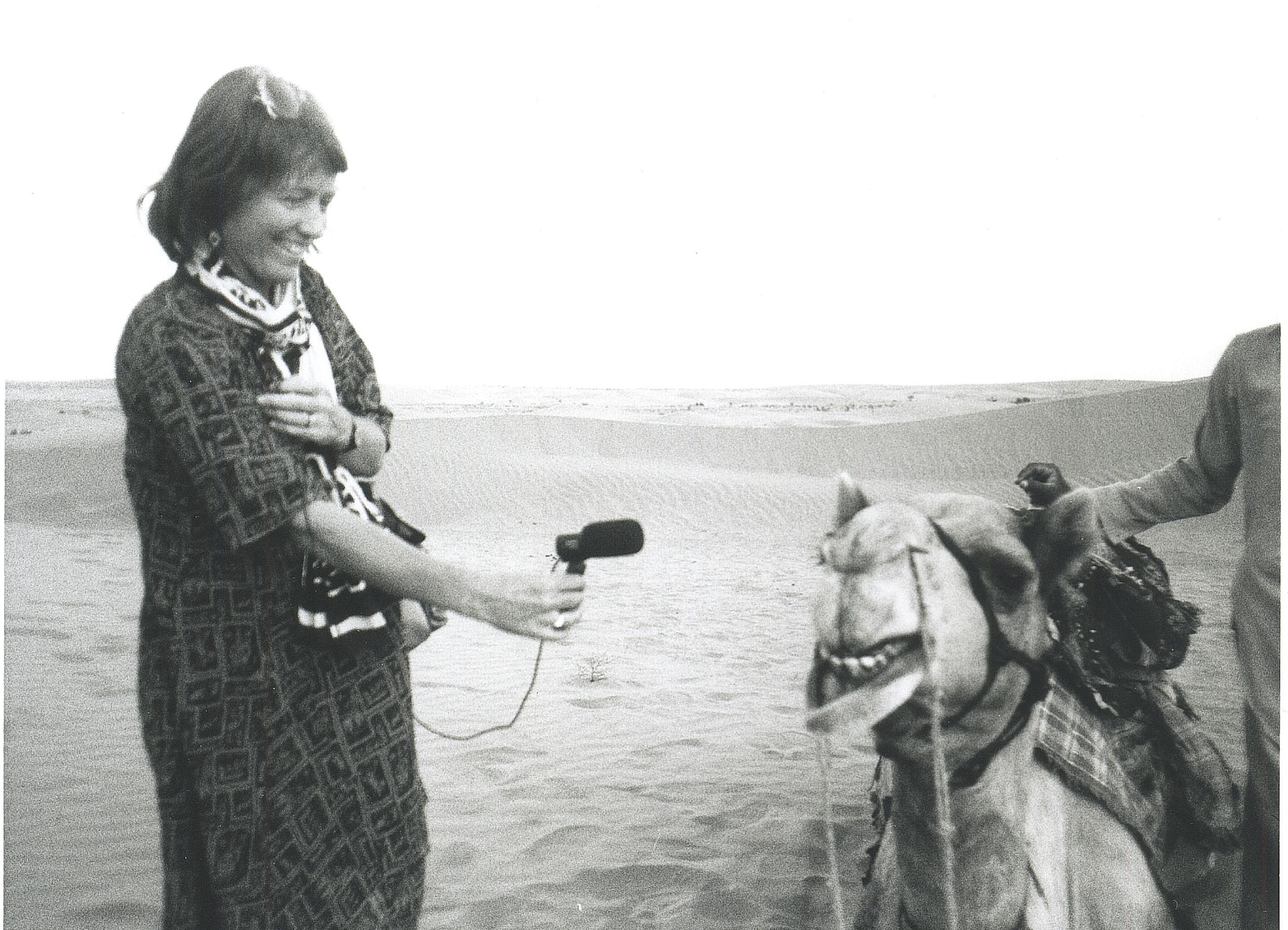
German/Canadian field recordist Hildegard Westerkamp is one of the most celebrated and revered sound composers and acoustic ecologists working today in music. Drawing inspiration from composers like John Cage and Pauline Oliveros, and having been accepted to work with R. Murray Schafer on the World Soundscapes Project in Vancouver in the late ’60s, Westerkamp’s obsession with building and understanding intricate, vast soundscapes has informed her work as a composer and field recordist and led her to publish one of the most important texts on listening and soundwalkingever, in 1974.
For her work, she records and combines things like the sounds of urban, rural, and wilderness soundscapes, voices of children, men and women, and media noises. The resulting vivid audio creations have earned Westerkamp international fame and prestige as one of the first women accepted in this scene.
Recommended listening: Westerkamp’s soundscape work has been featured heavily in the films of Gus Van Sant, her “album” of Indian sound collages called Into India, and her “Kits Beach Soundwalk” (1989).
Read more on Flypaper: “Turning Sound into Electricity: An Advanced Guide to Microphone Technology”
7. Watson Wu
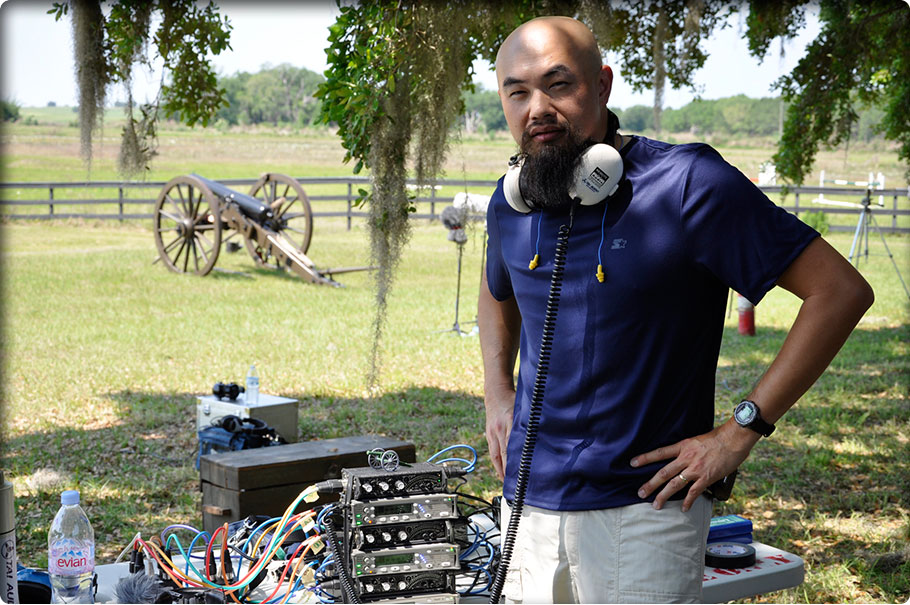
If you’re looking for incredibly hi-fi, emotive audio recorded for your new video game, Watson Wu is your guy. The growing list of games he’s worked on includes Transformers, The Need For Speed franchise, Assassin’s Creed, Madden, NCAA Football, and others. Wu’s job has him doing stuff most dudes daydream about, including shooting off historic weapons like cannons, World War I and II firearms, rare shotguns, driving a slew of fancy rare cars, and recording crowds at football stadiums field side. His field recordings and 360º audio have appeared in video games, films, and TV so organically, you barely sense there’s even someone standing there with a mic.
Recommended listening: Basically, just check out his reel.
8. Hanna Hartman
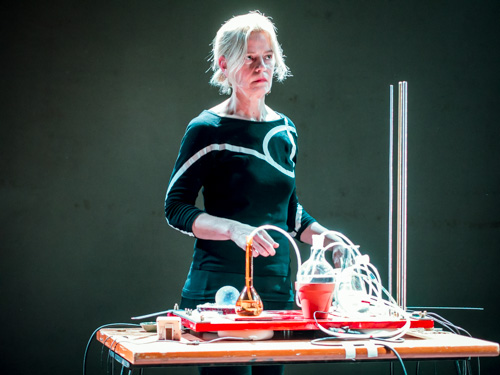
Swedish sound artist and experimental composer Hanna Hartman considers her compositions to be her own personal language. By recording experiences and events and rearranging them out of context, Hartman engineers bizarre and captivating connections through sound. Her work has been recognized and awarded in countries around the world and in her hometown of Berlin. Notably, she was just commissioned locally by the world-famous club, Berghain, to create a multichannel sound installation for their innovative bunker speaker system.
Recommended listening: Longitude/Cratere (2005) is an incredibly enjoyable listening journey made from concrète collages of sounds recorded from boats, as well as in and near the Italian volcano Mount Etna. It is tense, both in its features of stark silence and eerie, stereo-sonic design. Ailanthus (2007) is slightly more musical but equally fascinating.
9. Paul Virostek
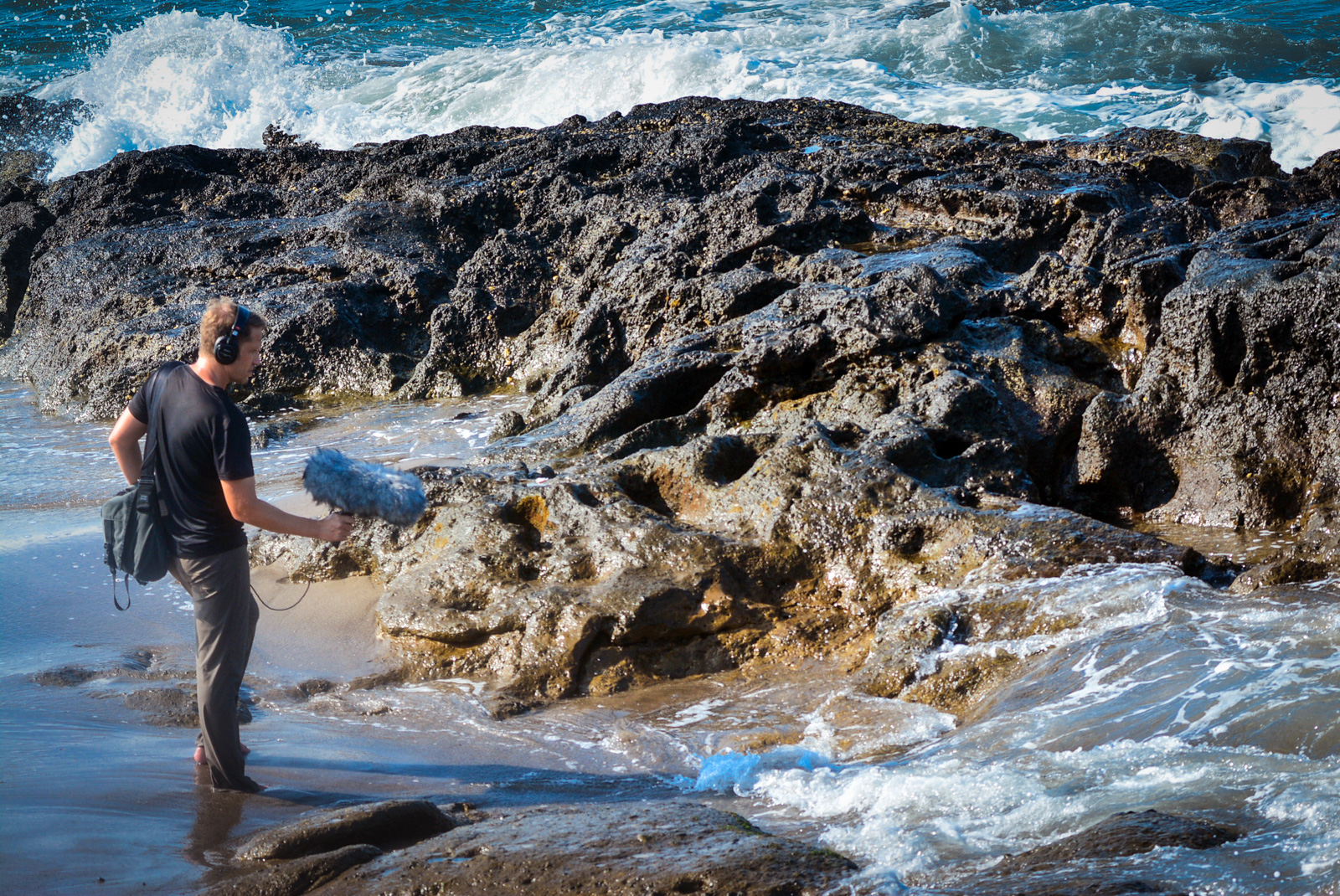
Paul Virostek is on a mission to document rare and dynamic sounds in an ever-changing world. “Every day, our environment and society changes. Sounds we hear today may not be heard 10 years from now: a type of car engine, a bird about to go extinct, a tribal singer that is the last of their line,” says the field recordist and editor of the blog Creative Field Recording.
He started the website Airborne Sound to document and share the library of some 26,000 odd sounds he’s recorded over the past 20 years. When Virostek isn’t traveling across the globe in search of recording sounds the world might soon lose forever, he’s hard at work capturing field audio for some of Hollywood’s biggest movieslike Batman Begins, Ali, and Glory Road.
Recommended listening: check out his Soundcloud pageMost of Virostek’s collection exists in packets of sound samples, so I won’t bother recommending any one particular recording. But definitely for excerpts of sonic portraits such as “Attack Aircraft Maneuvers,” “Steam Train Sound FX,” and “Midieval Weapons” among others.
10. Melissa Pons
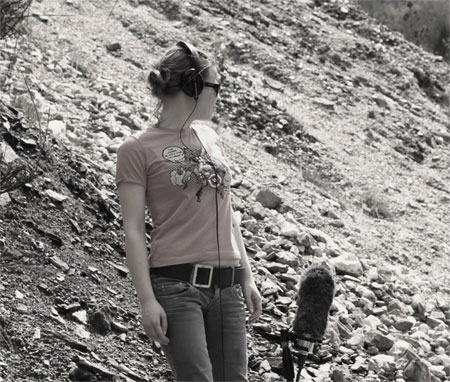
Sweden-based Portuguese field recordist Melissa Pons is known for her thoughtful, patient approach to her work. She’s recorded things most people routinely ignore and considers a track featuring dozens of cows calmly pasturing she captured as one of her personal favorites. Unlike some of the other artists on this list, Pons considers her work as a way to relate to and understand elements of the world around her. She has done hired work as an editor and sound designer and keeps a great blog called The Sound Design Process.
Recommended listening: The Nocturnal Sounds of the Atlantic Forest documents a three-week stay in Minas Gerais, Brazil. She says of the acousmatic experience that is created in the night time there, “In pitch black nights, the forest blesses us with an incredible and hypnotic symphony.”
If you’re interested in creating musical works from field-recorded audio, Soundfly’s free course, Any Sound Will Do, can help you get started fast. Instructors Brian Jacksonand Andrew Huang teach you how to set up mics and a session in Ableton Live to maximize the creative potential of using found sounds. But if it’s something a bit more in-depth you’re looking for, go ahead and preview our newest course, Faders Up: Modern Mix Techniques I, a mentor-driven course exploring the mixing and audio production techniques of nine top sound engineers that covers information applicable to DAWs like Logic, Live, and Pro Tools.
And don’t forget to sign up for our mailing list to receive exclusive discount codes of up to 50% off Soundfly’s Mainstage courses every month, as well as the best of everything Flypaper has to offer!
from hypebot http://ift.tt/2G8OzAz
No comments:
Post a Comment